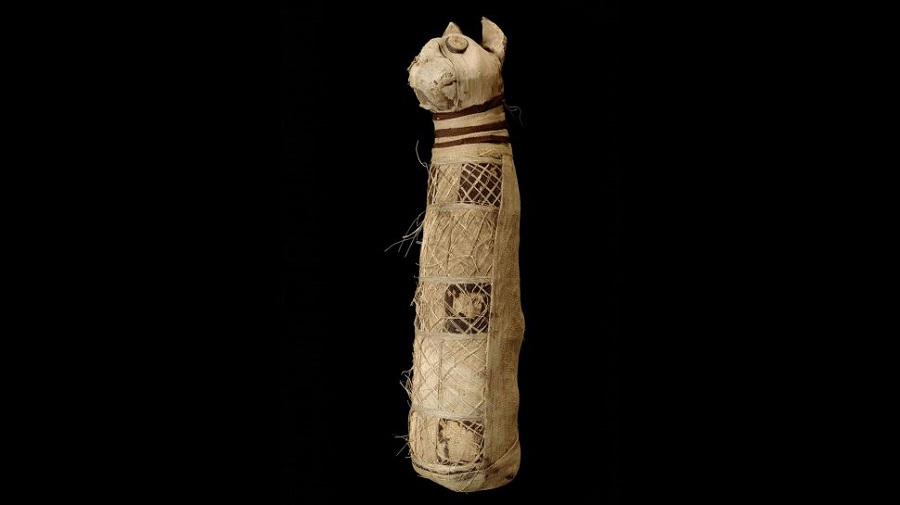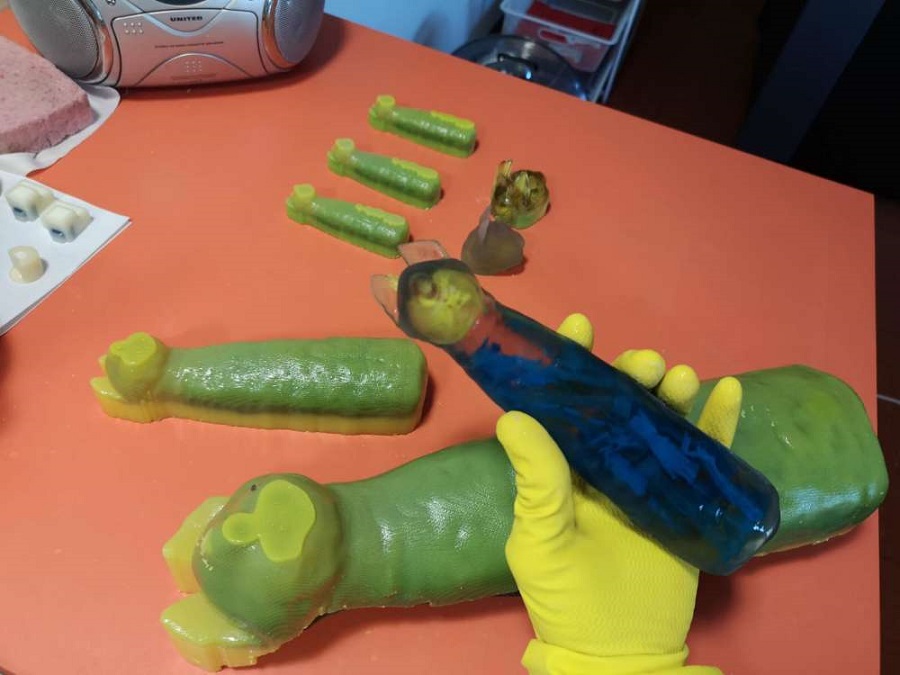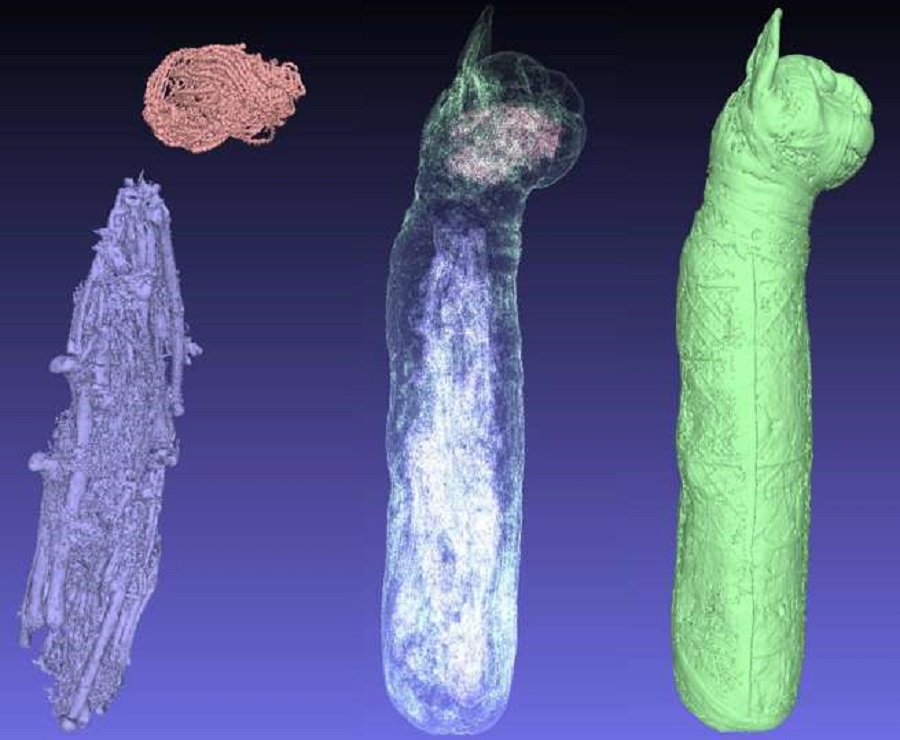Scientists and archaeological experts made a shocking discovery: an X-ray analysis of an Egyptian mummified cat exposes the partial remains of not one but three individual cats wrapped inside. They analyzed the 2,500-year-old Egyptian cat mummy that was part of a collection at the Museum of Fine Arts in Rennes, France.
And what the researchers discovered was way more than they were expecting.
The mummy of Rennes

The mummy was filled with many other surprises: first of all, it held a ball of fabric inside its head. Although the ancient mummy had some missing parts (a skull, vertebrae, and ribs), it contained five hind leg bones from three different cats.
Cats played many important roles in Ancient Egypt. Just imagine that Egyptians offered mummified animals as offerings to the gods or wanted them in tombs in the hope of taking them to the great beyond.
But did you ever wonder why cats were praised in Ancient Egypt? These wonderful creatures were praised back then for killing venomous snakes and protecting the Pharaoh.
Furthermore, the Egyptians even had a goddess worshipped in the form of a cat? Her name was Bastet and she was a ferocious beast until humans started taking care of cats.
The larger mummies preserved as offerings for the gods sold for more money, and that’s why many of the mummies appeared bigger than the animals themselves. Some didn’t contain animal remains at all and they were filled with organic material.
The industry of mummification

The mummification of animals became an industry, with more than 70 million mummified animals. When an industry starts to be profitable, materialistic people take advantage of it.
And this is why we don’t know exactly what was the purpose of the mummy of Rennes. Researchers have different opinions. For example, INRAP researcher Theophane Nicolas admits:
“The mummy of Rennes is a variant. Some researchers believe that we are dealing with an ancient scam organized by unscrupulous priests, we believe on the contrary that there are innumerable ways to make animal mummies.
Ancient scam or revealing discovery?

Ancient scam or not, this piece of art has a powerful meaning for our history. Firstly, it helps us have a better view of the culture of Ancient Egyptians.
Not least, the mummy of Rennes is an innovative collaboration between researchers in computer science and archaeological experts. Theophane Nicolas goes furthermore:
“The interest of this project is based on multidisciplinary collaboration, particularly with researchers in computer science, which makes it possible to develop new innovative tools both from a scientific point of view and from the point of view of valuing knowledge.”
Of course, this interesting object was presented in Sweden at the European Heritage Days 2019 event. It was a huge success and will be a part of the Museum of Fine Arts in France.











































